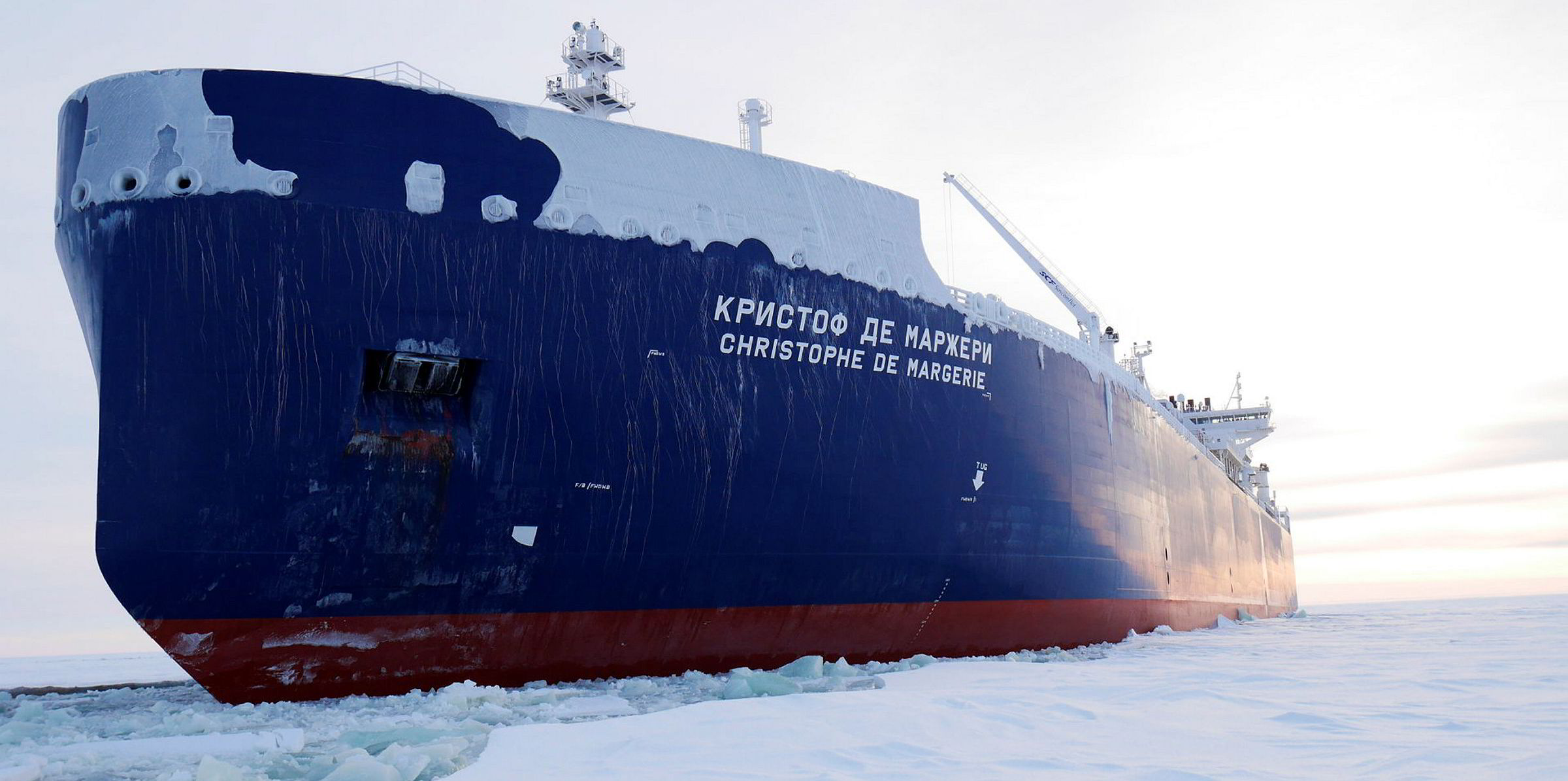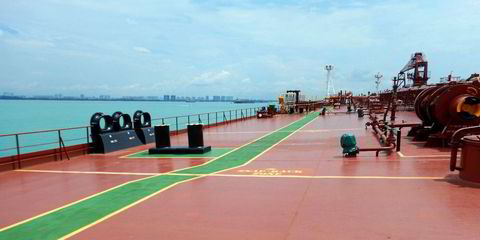A planned floating storage unit (FSU) to be stationed at Kamchatka in the Russian Arctic will require one of the largest LNG ships ever to be built.
Shipyards have already been sounded out about the giant LNG storage vessel, which is expected to be at least 350,000 cbm in size, technical specialists following the project said.
They explained that the unit needs to be able to handle cargoes from two fully laden Arc7 LNG carriers.
These vessels are of 172,600-cbm capacity and some excess is required for storage.
The largest LNG carriers are the 250,000-cbm vessels that make up Qatar’s 14-ship Q-Max fleet, so a 350,000-cbm FSU would have to be a newbuilding.
Russian energy company Novatek, which is the leading shareholder in the country’s Arctic-based Yamal LNG project, Japanese shipowner MOL and compatriot trader Marubeni announced in November that they had teamed up to study the concept of an LNG transshipment hub on the Northern Sea Route (NSR).
A site off the Kamchatka peninsula in the Russian Far East was identified.
MOL later revealed that the possibility of adding a floating storage and regasification unit, which could be used to supply gas onshore to develop the region, is also being considered in combination with the FSU.
The aim of the transshipment hub, which could be developed in tandem with a similar one in Murmansk in the west, is to help develop Russia’s Arctic region and also to maximise the use of Yamal’s 15-ship fleet of specialised and expensive Arc7 LNG carriers.
The ice-breaking Arc7s would ship Yamal cargoes east to China via the NSR but transship them into the FSU in Kamchatka from where they could be reloaded onto conventional LNG carriers for onward shipment to their destination.

Novatek is also in the process of developing its Arctic LNG-2 project on the Gydan Peninsula near Yamal. This project is scheduled for start up in 2023.
When Arctic LNG-2 and Yamal are in full production, Russia could be shipping more than 30-million tonnes per annum of LNG out of its two Arctic-based liquefaction plants.





